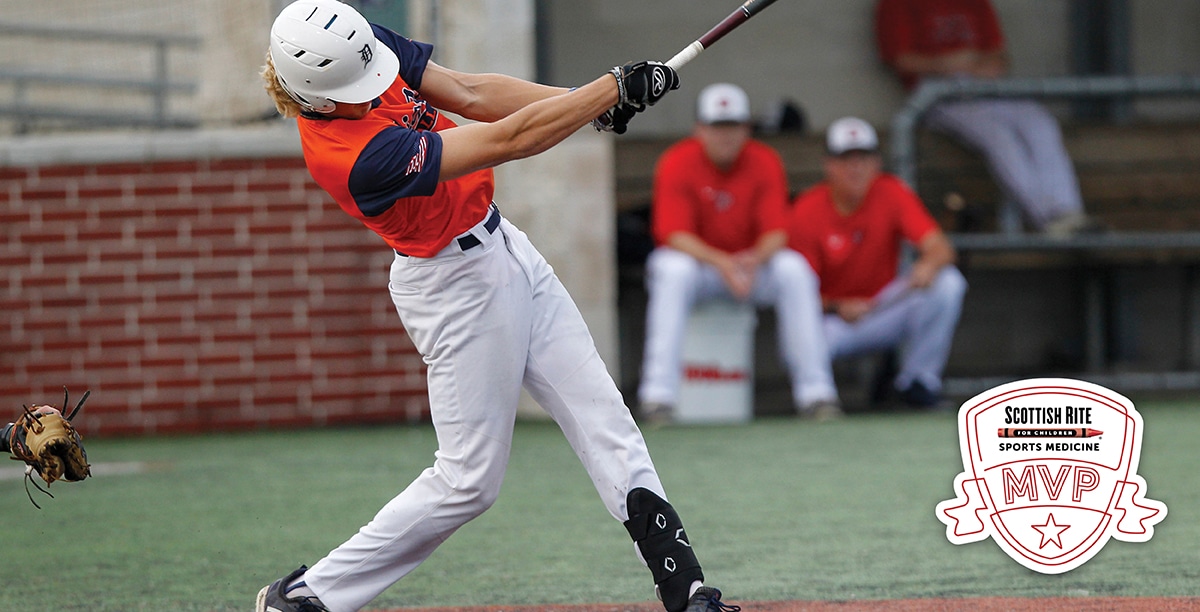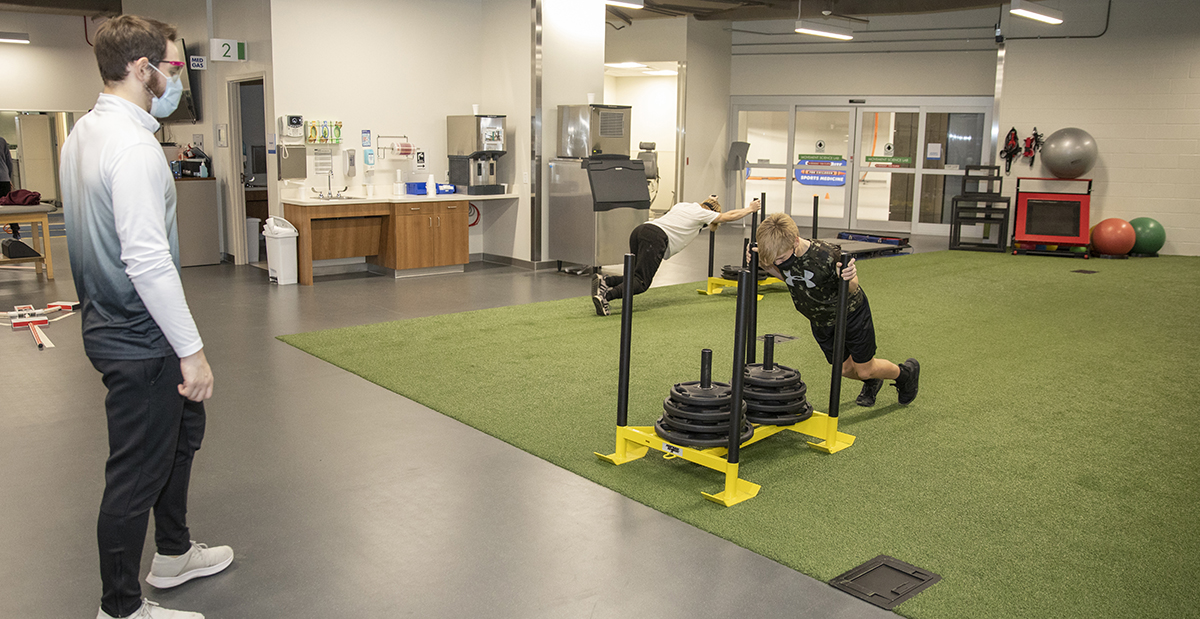As part of SAFE (Sports-specific Assessment and Functional Evaluation), our team is developing sport-specific protocols for the use of motion capture technology in sports medicine that are being used across the country. There are only a handful of sports that have...





